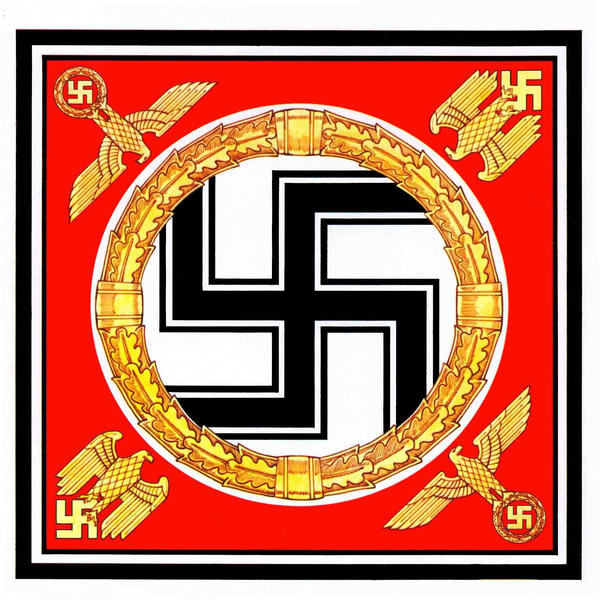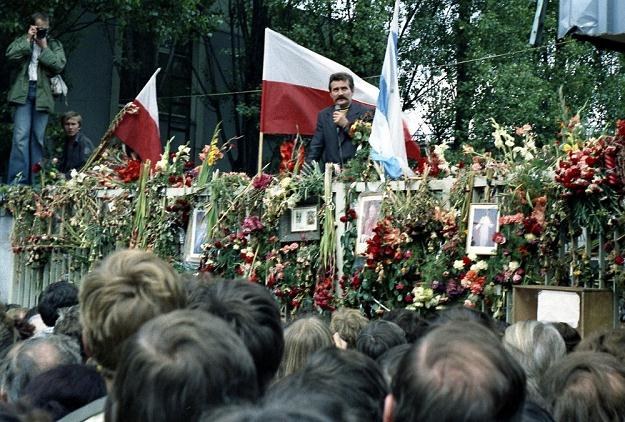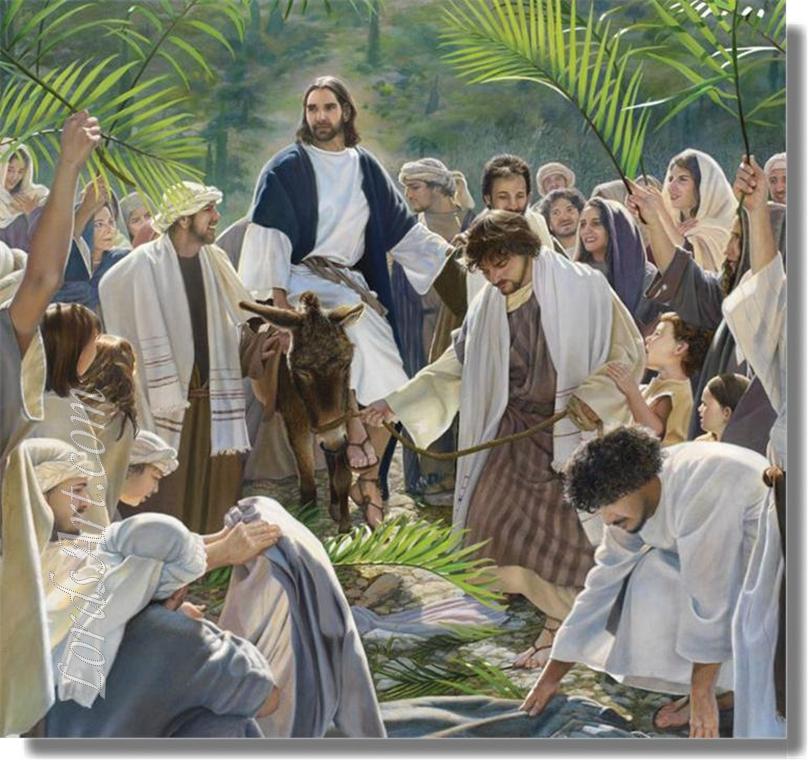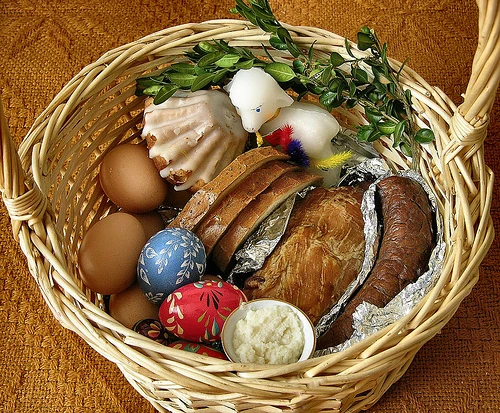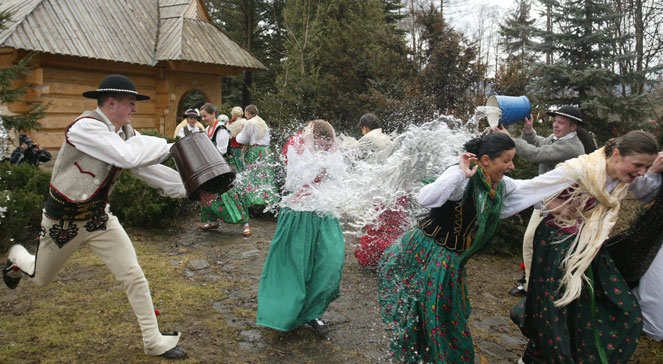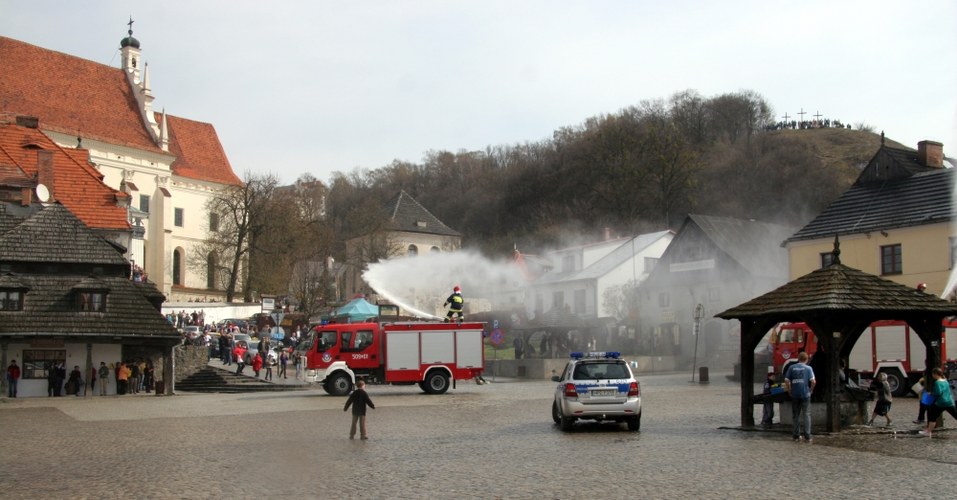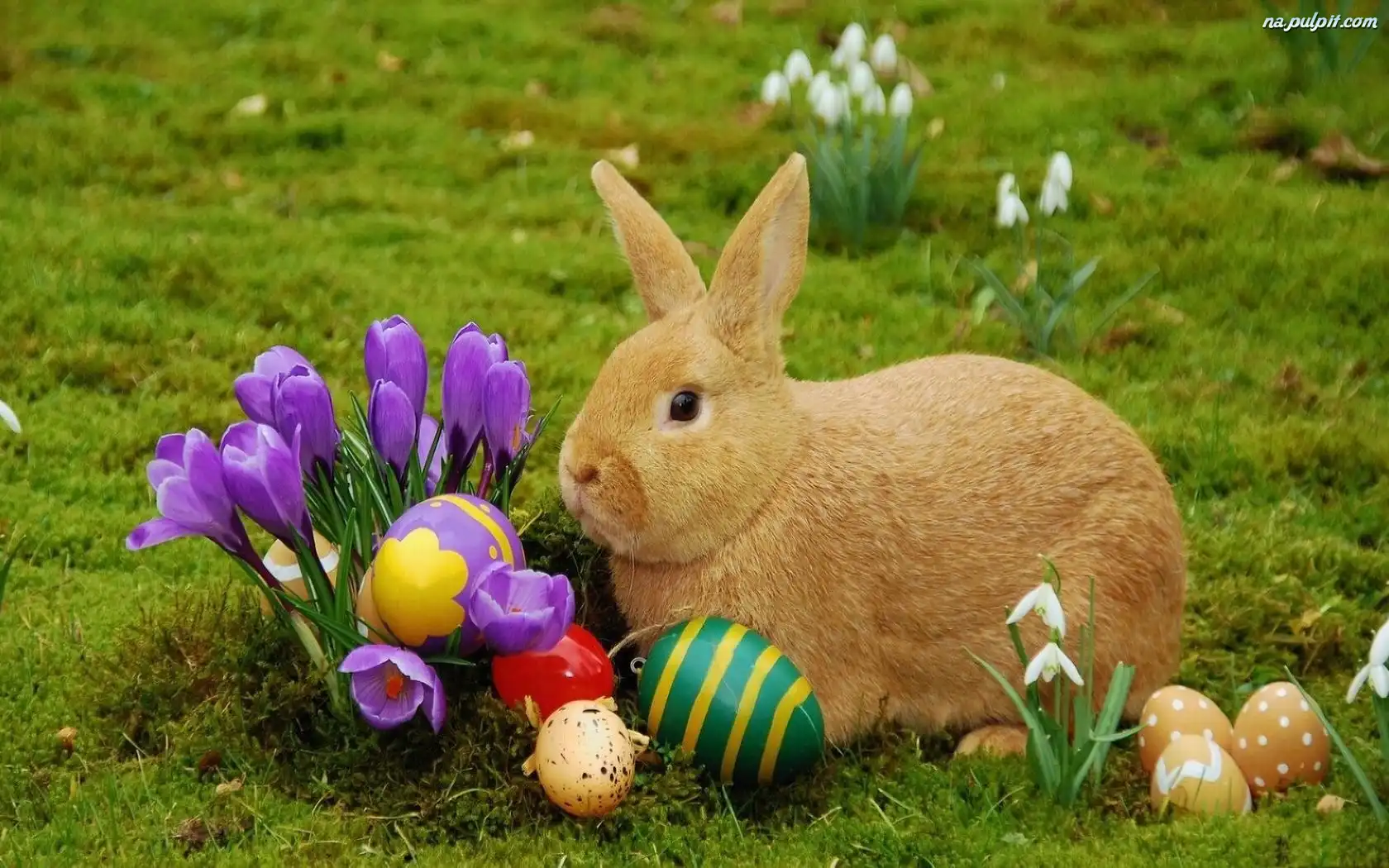Was
Holocaust German or Polish?
Although
it’s a simple question, many people around the world still refer to
Holocaust or Nazi concentration camps as being Polish. The below
stories presents the horrific view hold by the American leaders.
In his
speech in 2012, ‘President
Barack Obama has caused an outcry in Poland after referring to a Nazi
death camp as "Polish.’ What is the just a ‘mistake’ or
the general lack of history? The White House speaker told the Polish
nation that Mr Obama ‘misspoke’ and regrets the comment but
offers no apology.
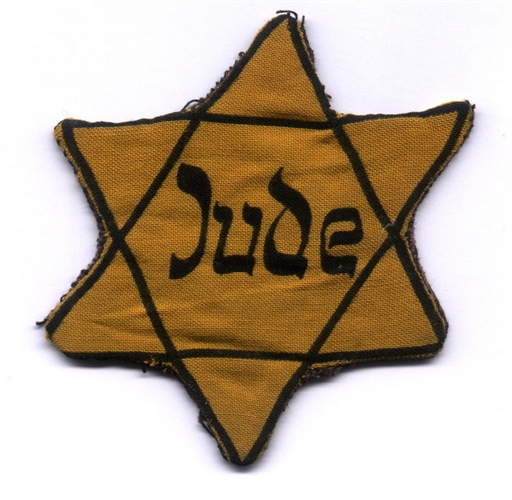 Another US
‘fail’ was recorded earlier on this week when the FBI chief James
Comey said 'in
their minds, the murderers and accomplices of Germany, and Poland,
and Hungary, and so many, many other places didn't do something
evil.’ Calling Poles murderers of Jew when they actually done the
opposite (hiding them in their basements from Nazi Germans), provide
them with food and drink, and allow them to organise gatherings in
their houses.
Another US
‘fail’ was recorded earlier on this week when the FBI chief James
Comey said 'in
their minds, the murderers and accomplices of Germany, and Poland,
and Hungary, and so many, many other places didn't do something
evil.’ Calling Poles murderers of Jew when they actually done the
opposite (hiding them in their basements from Nazi Germans), provide
them with food and drink, and allow them to organise gatherings in
their houses.
Poland's
president Bronislaw Komorowski told public television that Comey's
comments showed a 'lack of historical knowledge' and were an 'insult
to thousands of Poles who helped Jews' (Daily mail, 2015). The
President of Poland, and millions of Polish, Hungarian, Jews and even
German citizens are demanding a prominent apology from the FBI chief
or Barack Obama, stating that an apology received from the US consul
for Poland is not enough.
The
HolocaustExplained (2015) provides a great explanation of the camps
and answers the above question of Holocaust … maybe the US leaders
should visit this site to learn some more historical facts before
opening their mouths?
Anyway
… here is the explanation:
‘Hitler
was appointed Chancellor
on 30 January 1933. Immediately, the SA
stepped up their campaign of violence and terror against the
communists. They did this in order to increase their power and to
reduce opposition.
Across
Germany the local police and SA
and SS
rounded up many thousands of communists,
socialists,
church leaders and anyone else who might criticise the Nazis.
As
prisoners were physically concentrated
in one place the Nazis called these first camps concentration
camps.
Over
the next 12 years, as they invaded and occupied lands all over
Europe, the Nazis would build over 20,000 camps of various kinds.
These included concentration camps, transit camps, forced labour or
work camps and death camps.’
Daily
mail (2015) Stephen
Mull, US Ambassador, apologies after FBI chief claimed Polish were
‘murderers’ who helped Germany kill Jews during Holocaust
[Online] Available:
http://www.dailymail.co.uk/news/article-3045953/Poland-demands-apology-U-S-FBI-head-s-Holocaust-remarks.html
[Last accessed: 21/04/2015]
The
Holocaust Explained (2015) German
Concentration camps history
[Online] Available:
http://www.theholocaustexplained.org/ks3/the-camps/#.VTYQdk10yM8
[Last accessed: 21/04/2015]


